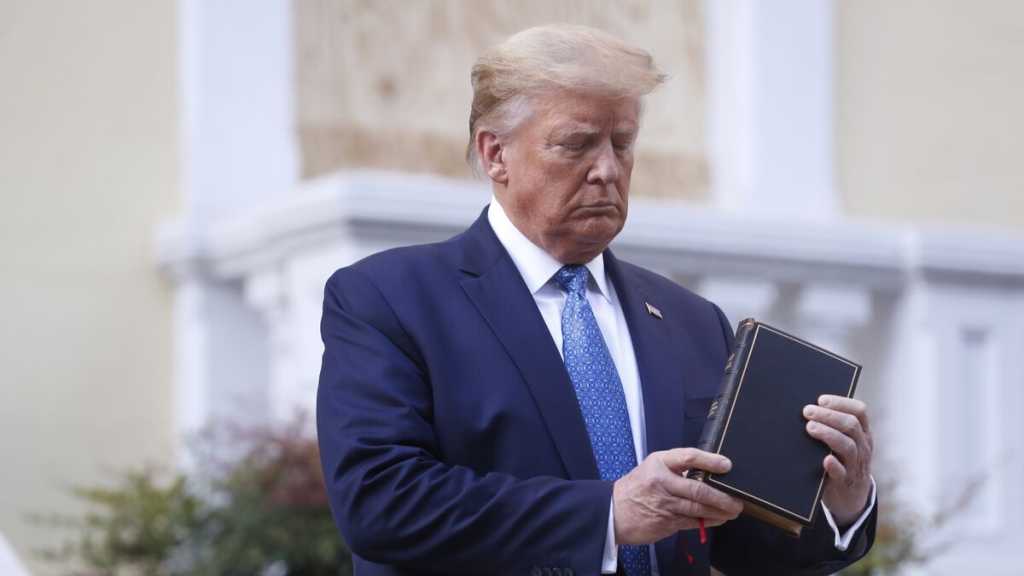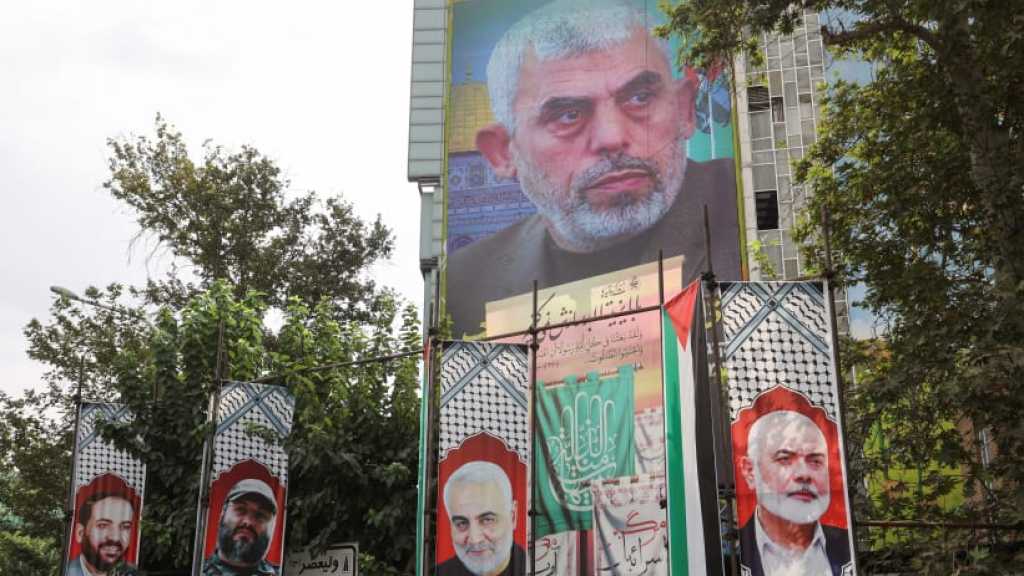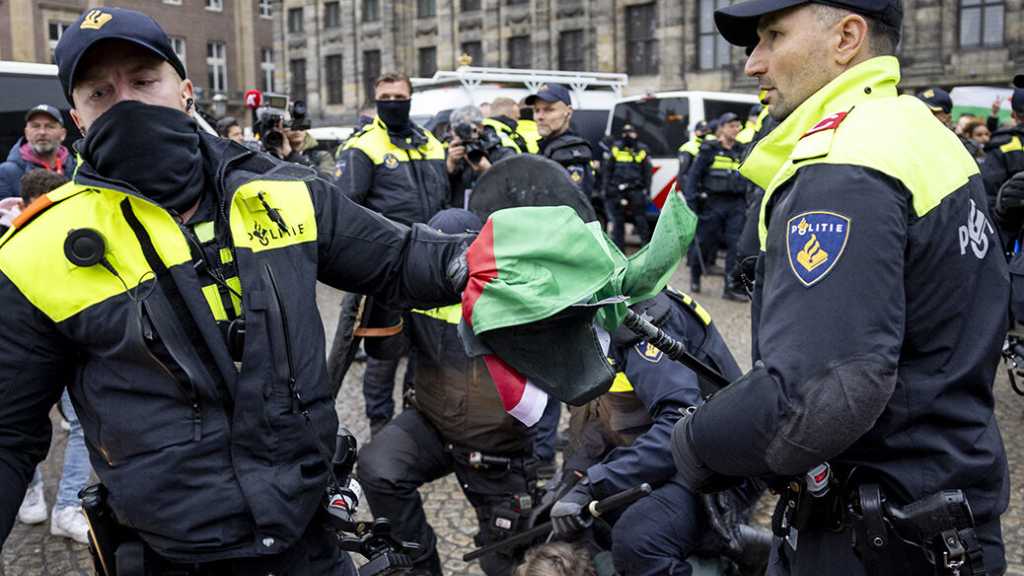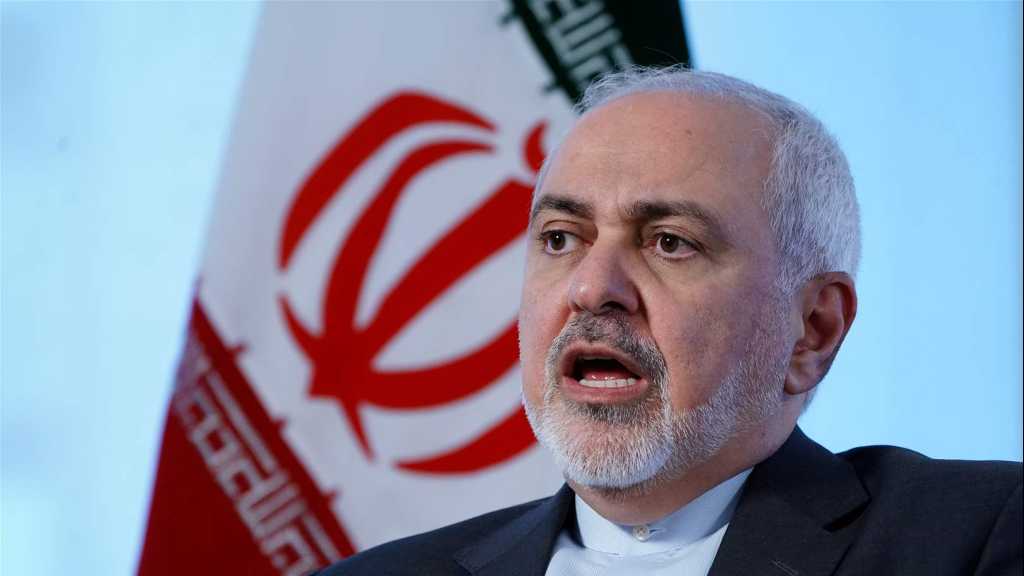Al-Shaheed Foundation: A Clear Righteousness
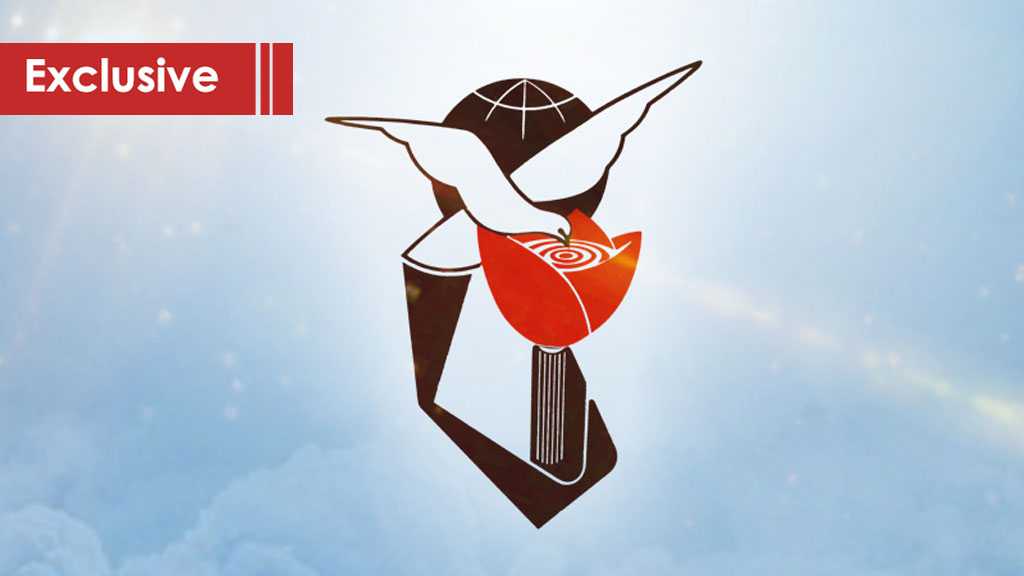
By Latifa Al-Husseini
There is no room for humiliation on Hezbollah’s path. Sacrifice is sacred, and glorifying it is a rightful duty. No one deviates from this principle and path, let alone those who give their lives in defense of land and honor.
In 1982, the Islamic Resistance was established in Lebanon. A decision was made to stand up to the “Israeli” occupation, regardless of the cost. As the fighting intensified, many were martyred in sacrifice of the divine path. Meanwhile, efforts were made to absorb the fallout from the fighting.
Less than two weeks into the “Israeli” invasion, a group of religious scholars spontaneously gathered to provide care and material assistance as well as housing to the families affected by the aggression.
Sayyed Issa Al-Tabatabai, martyr Sheikh Ragheb Harb, Hajj Ali Harkous (Abu Habib), Hajj Abdul-Halim Atwi, Sheikh Shawqi Kanaan, and others joined their efforts to achieve this goal. These efforts gradually became more organized and eventually evolved into a self-sufficient institution called Al-Shaheed Social Charitable Foundation. The institution obtained an official license from the Lebanese government in February 1989.
Fighting was at its peak. Heroic operations ensued. The enemy lost and retreated, while the martyrs won God’s paradise. But what about their families?
Al-Shaheed Foundation stepped in. It assumed the responsibility of safeguarding the families of the martyrs and taking care of their affairs. There were numerous tasks, and the number of dependent families was increasing day by day. As the scope of resistance activities developed, the foundation passed through stages that refined its experience based on changing circumstances and challenges.
How did the work develop?
The launch was spontaneous. During this early stage, the objective was to meet the primary and basic needs of the target groups in addition to utilizing a large number of volunteers in order to preserve this effort.
In the second stage, the work focused on organizing and covering the needs of families by establishing service-oriented projects that contribute to meeting the needs of the environment of the resistance, strengthening the structure of the institution, and consolidating its roots.
This gave birth to Al-Rassoul Al-Azam Hospital as well as many clinics in various areas. Meanwhile, a factory for making Islamic clothing for women, a vocational institute, and a middle school were built. It is here that the foundation received recognition (in 1988).
The work of the association expanded during the third stage. During this period, the number of volunteers grew into the hundreds in various Lebanese regions, from the Bekaa to Beirut, the south, and north.
This prompted the relevant actors to think of strengthening the internal administrative and organizational structure through laws and legislation that govern the work of the institution and the rehabilitation of working teams.
Accordingly, reliance on volunteer work gradually decreased, especially in care-related activities, while keeping it effective in terms of sponsorships and fundraising. The situation remained this way until the Islamic Resistance liberated southern Lebanon in 2000 and the number of martyrs decreased significantly.
The July 2006 “Israeli” aggression constituted a pivotal stage in the institution's life. The number of martyrs increased and the burden doubled. The association proceeded to finalize its administrative structure, formulate, and update regulations, and then formulate special constitutions for separate activities within the institution that brings together objectives, policies, work systems, mechanisms, etc.
The exceptional circumstance gave rise to an urgent need to integrate family members into the body of the institution and the environment of the resistance. Hence, efforts were further intensified, especially as children became adults who require employment and the means to start their own families.
During these stages, the foundation adhered to its principles, adhered to the wilaya, and was keen to secure comprehensive family care and preserve the morale and dignity of families, in addition to benefiting from the contributions of charitable donors and sponsors.
Who is the target of the foundation's work?
The martyrs’ families (wives, children, and parents) are the sole focus. They benefit from the services and care of the Al-Shaheed Foundation. These services and care are based on Islamic values. The martyrs’ children are central to the institution’s work programs, and so is providing care and services to the members of the families justly and equally.
Target segments
The association's responsibilities are divided into three categories:
* The martyr: The foundation participates in his funeral and mourning ceremonies. It works to clear him of his personal debts and to make up for what he missed of prayer and fasting. It also preserves his will, personal forms, and writings.
* The martyr’s parents: The foundation secures a fixed monthly gift for them, a 90% health insurance, and miscellaneous assistance for housing and living matters. It also checks up on them on a regular basis.
* The martyr’s family: It provides full care for the children and the wife in all aspects of life until they are able to be independent socially and financially.
Accordingly, the foundation secures a decent home for the martyr’s family, a monthly salary, and complete health care in terms of medicine and hospitalization. It guarantees the education of the children from nursery school to university graduation.
The care does not end here. Al-Shaheed Foundation helps with the family members’ mental health as well as family stability. It is eager to involve the families in various cultural and religious programs available within the resistance environment.
The children are introduced to the real Islam of Prophet Mohammed and the culture of jihad and martyrdom through established curricula. It also does not neglect the recreational aspects, including sports clubs, scout camps, swimming, and diving courses, in addition to developing their talents.

